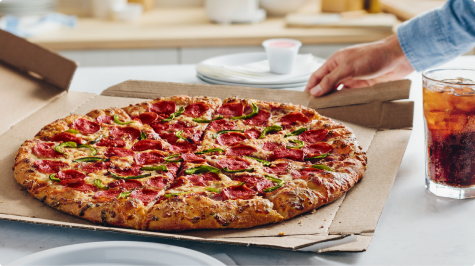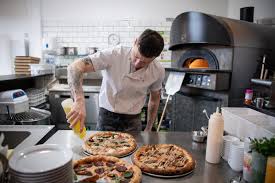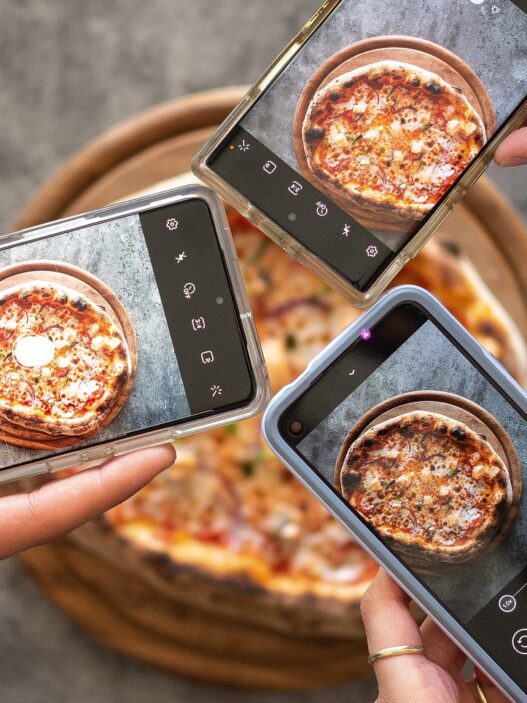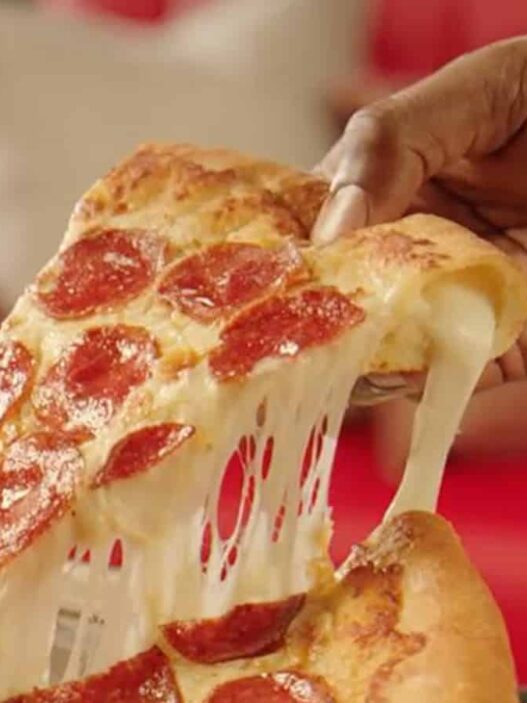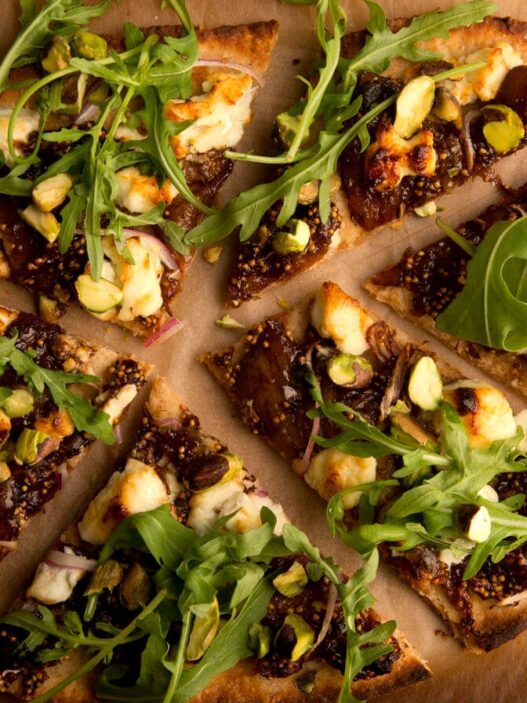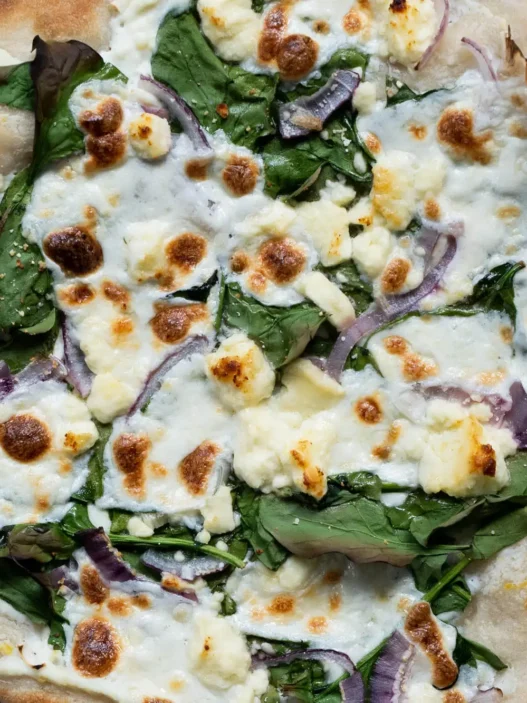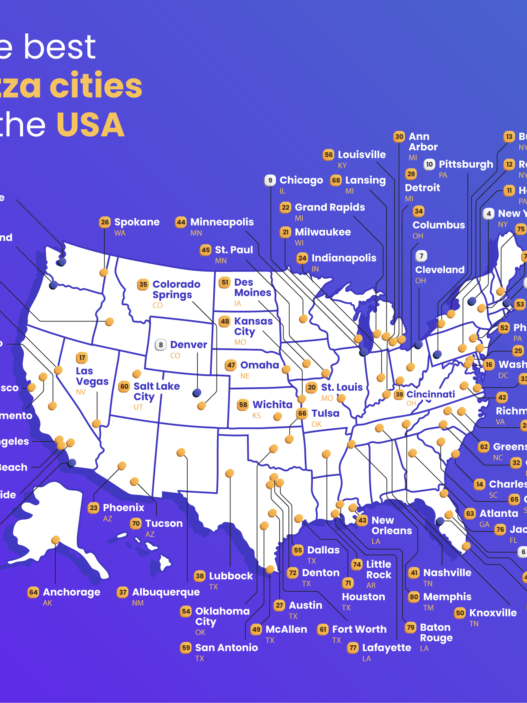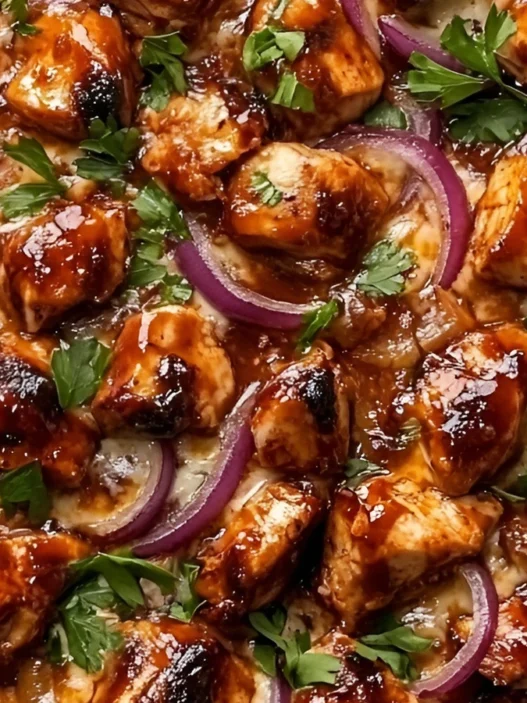Ghost kitchens—also known as cloud kitchens, virtual kitchens, or dark kitchens—have quietly infiltrated the global food industry. They don’t exist in the traditional sense: no dining room, no neon sign, no cozy pizza smell wafting out onto the street. Instead, these kitchens operate entirely for delivery, tucked away in industrial parks or hidden behind other restaurants. For pizza lovers and shop owners alike, the question arises: are ghost kitchens ruining pizza culture, or are they the next great evolution?
What is a Ghost Kitchen?
At its simplest, a ghost kitchen is a professional cooking space built exclusively for delivery orders. Unlike traditional pizzerias, these kitchens do not serve customers in person. Instead, they rely on apps like DoorDash, Uber Eats, and Grubhub to reach customers. One ghost kitchen may even host several virtual brands under one roof: for example, a single kitchen could pump out pizzas, burgers, and ramen for three different online-only “restaurants.”
For pizzerias, this model can be both tempting and terrifying. On one hand, it lowers overhead costs—no need to pay rent for a prime Main Street location. On the other hand, it severs pizza from its cultural roots: the slice shop, the wood-fired oven, the neighborhood spot where kids grow up and families gather.
A Brief History of Pizza Culture
Pizza culture has always been about more than food. From Neapolitan traditions to New York’s classic slices, pizzerias have been cultural hubs. They’ve given us iconic styles (deep dish in Chicago, clam pie in New Haven) and timeless rituals (folding a slice on the go, grabbing a pie after a late-night baseball game).
Compare that to a ghost kitchen pizza. You order through an app, a driver drops it off, and you never know who made it, where it came from, or whether the “brand” even exists outside your phone screen. That anonymity poses a real threat to the cultural legacy of pizza.
If you want to dive deeper into pizza history, check out our detailed piece on pizza history facts.
Ghost Kitchens vs. Traditional Pizzerias
Pros of Ghost Kitchens for Pizza Makers:
- Lower startup costs compared to opening a dine-in pizzeria.
- Ability to test new pizza concepts quickly.
- Wider reach via delivery platforms.
Cons for Pizza Culture:
- No community connection—pizza becomes a commodity.
- Harder for customers to trust ingredient quality.
- Reliance on third-party apps that take steep commissions.
The Ingredient Problem
One hallmark of great pizza is ingredient transparency. Whether it’s San Marzano tomatoes, Caputo 00 flour, or locally sourced mozzarella, pizzerias take pride in their sourcing. With ghost kitchens, it’s much harder to trace where the dough, cheese, or toppings come from.
If you’re making pizza at home and want to replicate artisanal flavors, here are some tools and ingredients worth investing in:
Transparency matters. Without it, pizza risks being stripped of its identity.
The Tech Disruption
Pizza has always been a pioneer in food delivery. Domino’s famously launched online ordering in 1994, long before e-commerce became standard. Ghost kitchens, however, take it a step further: they eliminate the physical pizzeria altogether. While this creates efficiency, it also creates fragility. If your pizza brand exists only inside a delivery app, you’re at the mercy of algorithms, ratings, and surge pricing.
Shop owners who want to avoid this dependency should explore pizza POS systems and direct-order delivery tools that keep customer relationships intact. We recently reviewed the best pizza POS system options, highlighting tech that helps independent shops stay competitive.
Can Ghost Kitchens Support Sustainable Pizza?
Another looming issue: sustainability. Traditional pizzerias often source from local markets, forming strong ties with regional producers. Ghost kitchens, focused on scale and speed, are more likely to rely on bulk distributors.
For pizza shop owners interested in greener practices, consider:
- Bulk pizza ingredients from sustainable suppliers.
- Commercial ovens that reduce energy use.
- Compostable packaging for takeout and delivery.
More insights are available in our guide on sustainable pizza sourcing.
Voices From the Industry
When we asked Anthony Falco, international pizza consultant and author of Pizza Czar, about ghost kitchens, he said: “Pizza isn’t just a product—it’s a culture. Delivery-only models risk flattening that culture into a commodity.”
At the same time, operators like Reef Kitchens argue the opposite: that ghost kitchens allow small pizza brands to scale rapidly without massive investment. Both perspectives highlight the tension at the heart of the debate.
What It Means for Pizza Lovers
For the pizza enthusiast, ghost kitchens mean more choice than ever. Craving Detroit-style at 2 a.m.? Chances are, there’s a ghost kitchen nearby delivering exactly that. But the downside is quality control. Without a visible brand presence, it’s harder to know if your pizza was crafted with care—or mass-produced for volume.
This is where home pizza-making comes back into play. With the right tools, you can replicate authentic pizzeria quality in your own kitchen. Start with a home pizza oven and explore our pizza dough recipe guide to build authentic pies at home.
FAQs: Ghost Kitchens & Pizza
Q: What is the difference between a ghost kitchen and a traditional pizzeria? A: A ghost kitchen has no storefront and serves delivery-only, while a pizzeria has a dine-in or takeout presence rooted in community.
Q: Do ghost kitchens use the same quality ingredients as regular pizzerias? A: Not always. Some do, but many prioritize scale over sourcing. Always check reviews or brand transparency.
Q: Can ghost kitchens improve pizza culture? A: Potentially—they allow experimentation with new styles. But without physical spaces, they risk diluting pizza’s cultural identity.
Q: Should pizza shop owners embrace ghost kitchens? A: It depends on goals. For scaling delivery, ghost kitchens are useful. For building community and brand legacy, traditional pizzerias still hold more cultural weight.
Final Slice
Are ghost kitchens ruining pizza culture? The truth lies somewhere in the middle. They offer innovation and accessibility but also threaten to detach pizza from its community-driven roots. For pizza lovers, the solution is balance: enjoy the convenience of delivery but support your local slice shop when you can—and don’t forget the joy of making pizza at home.
For more deep dives, visit The Pizza Weekly where we continue to explore the evolving world of pizza.
This article contains affiliate links, which means Pizza Magazine may earn a commission if you make a purchase through them, at no extra cost to you. We only recommend products and services we genuinely believe in.




